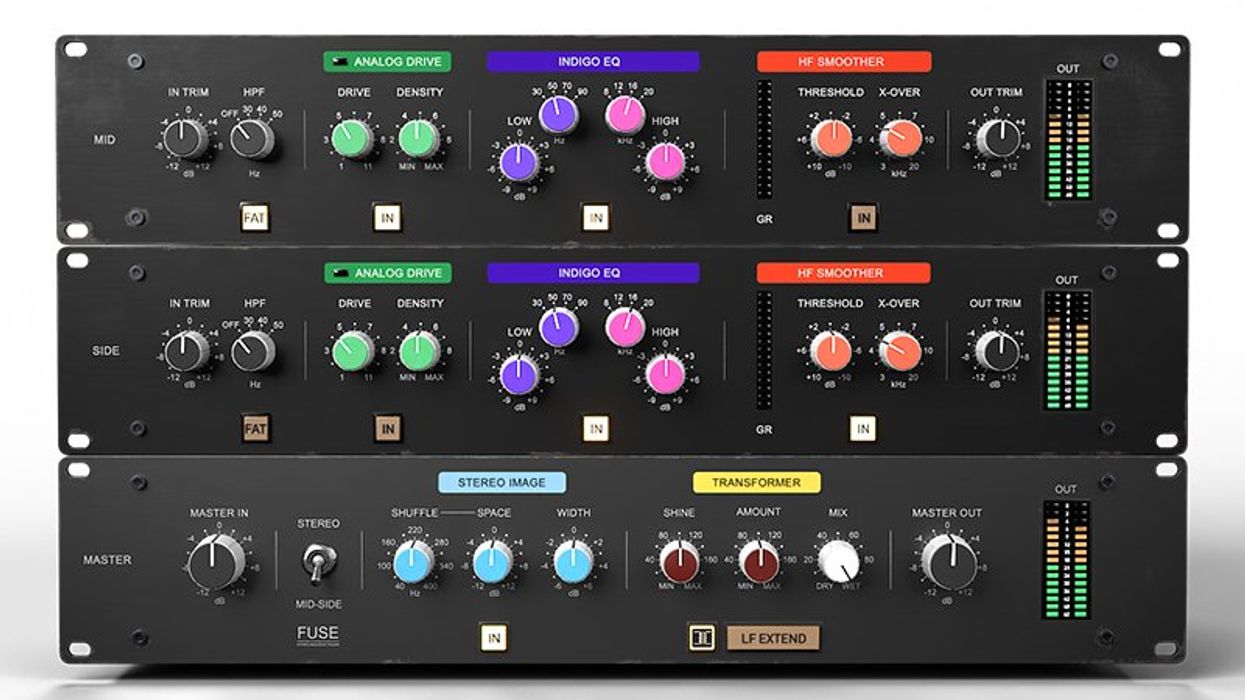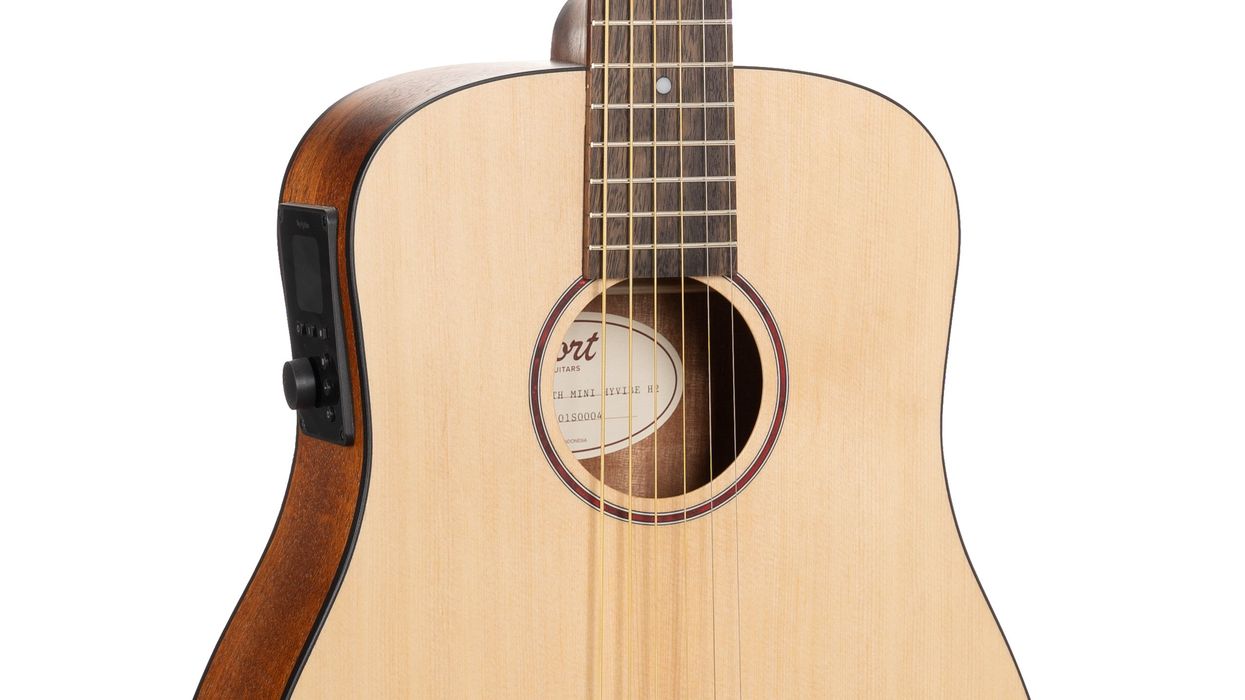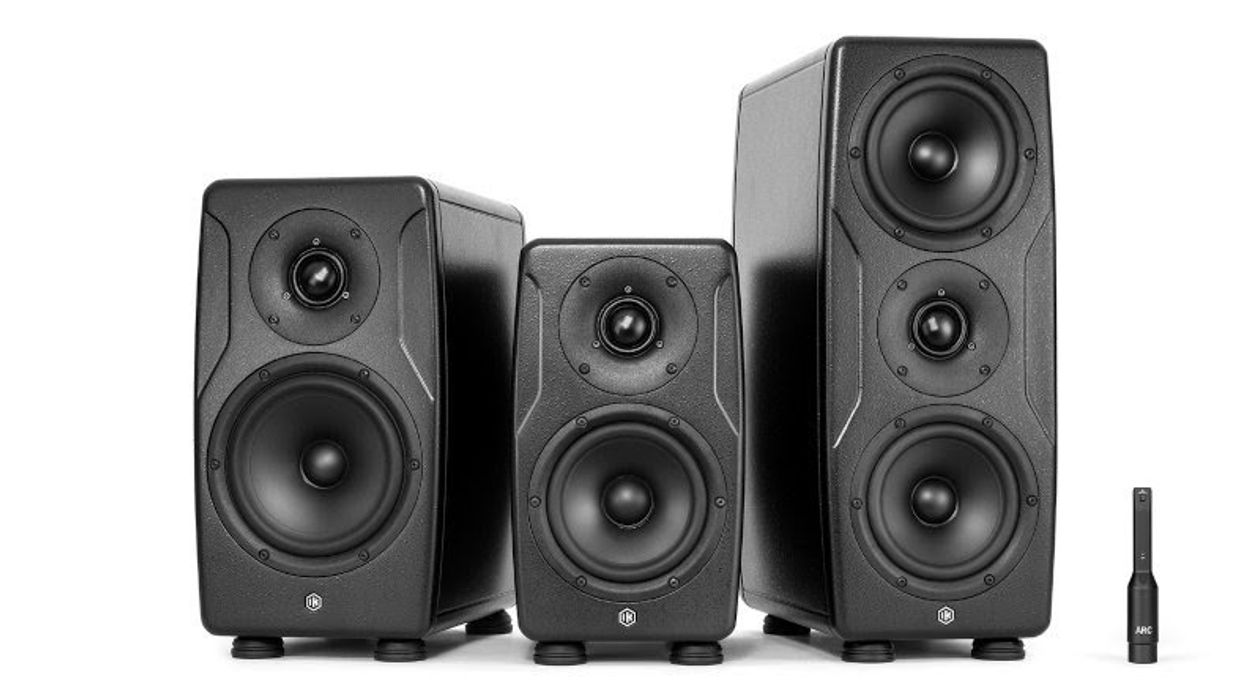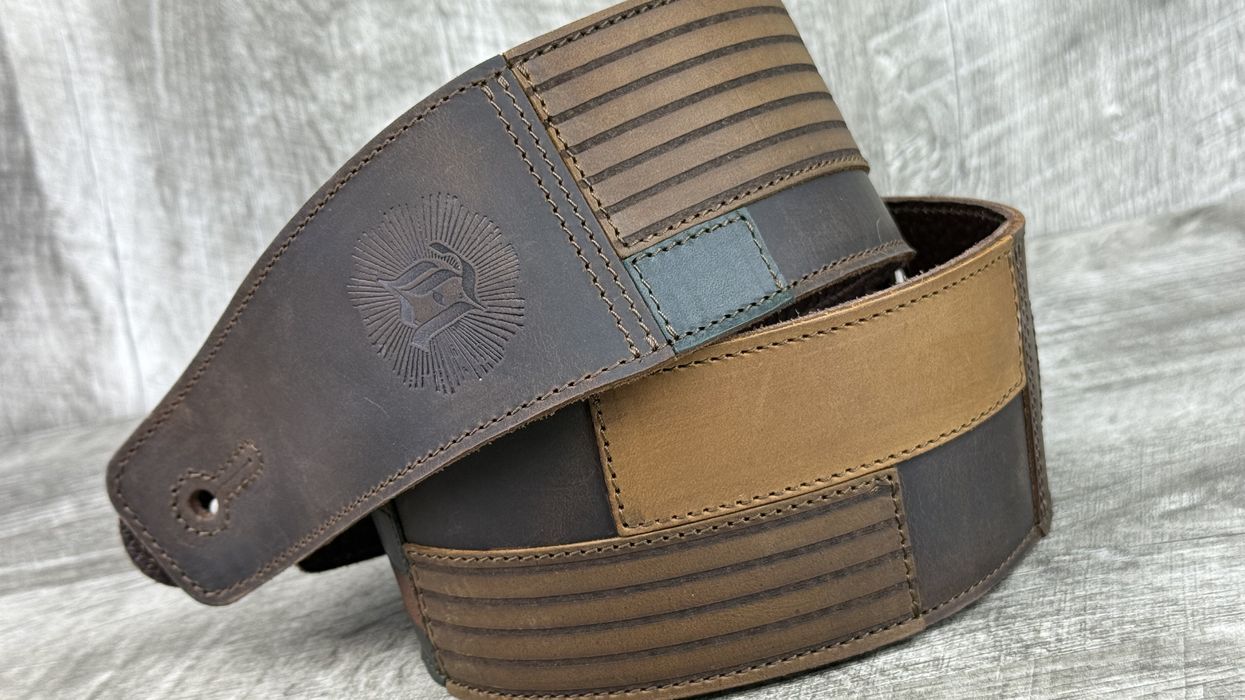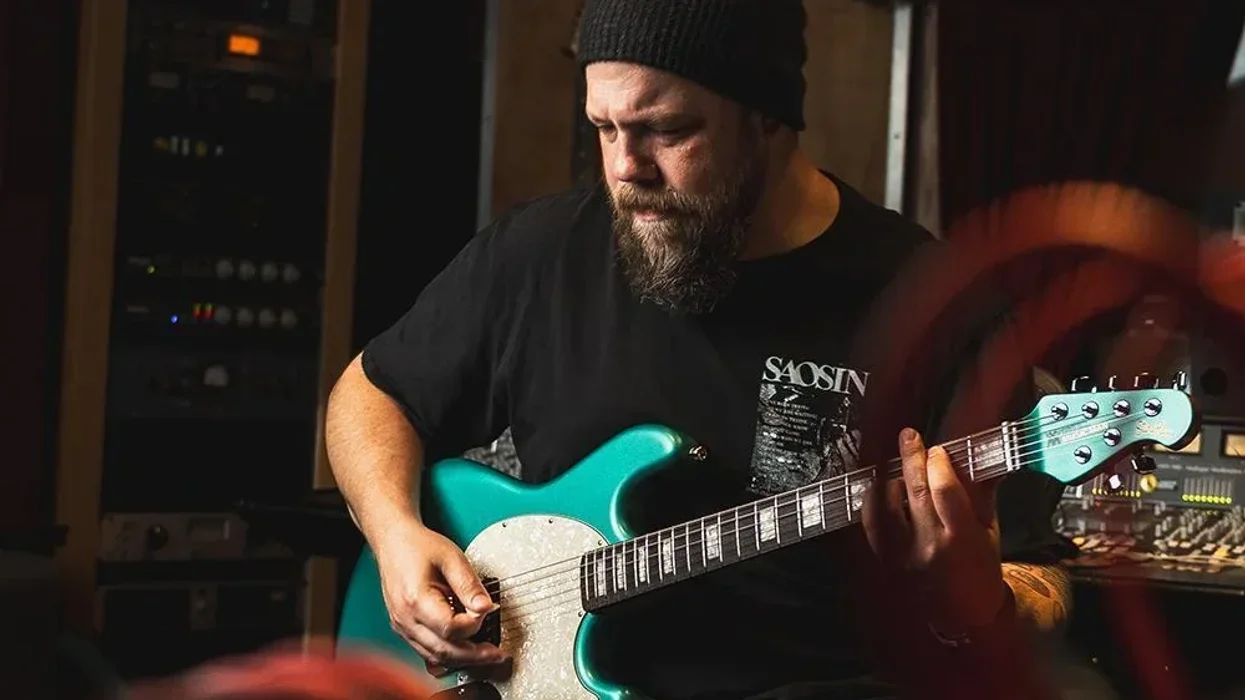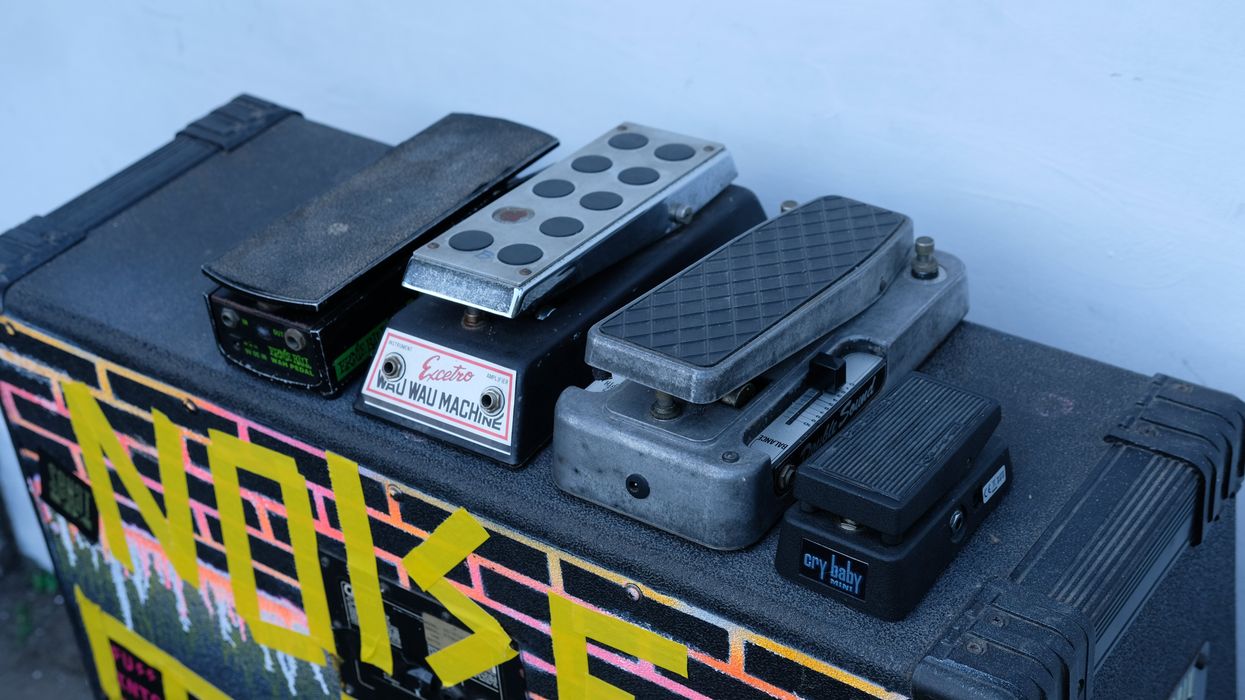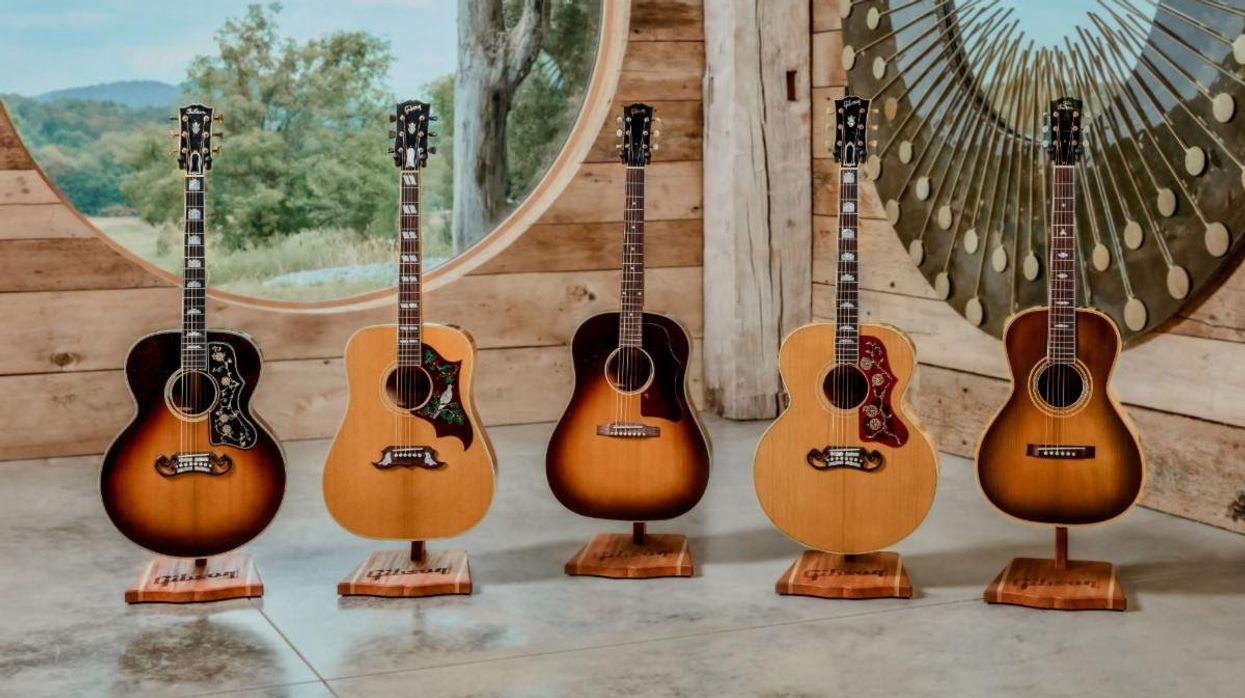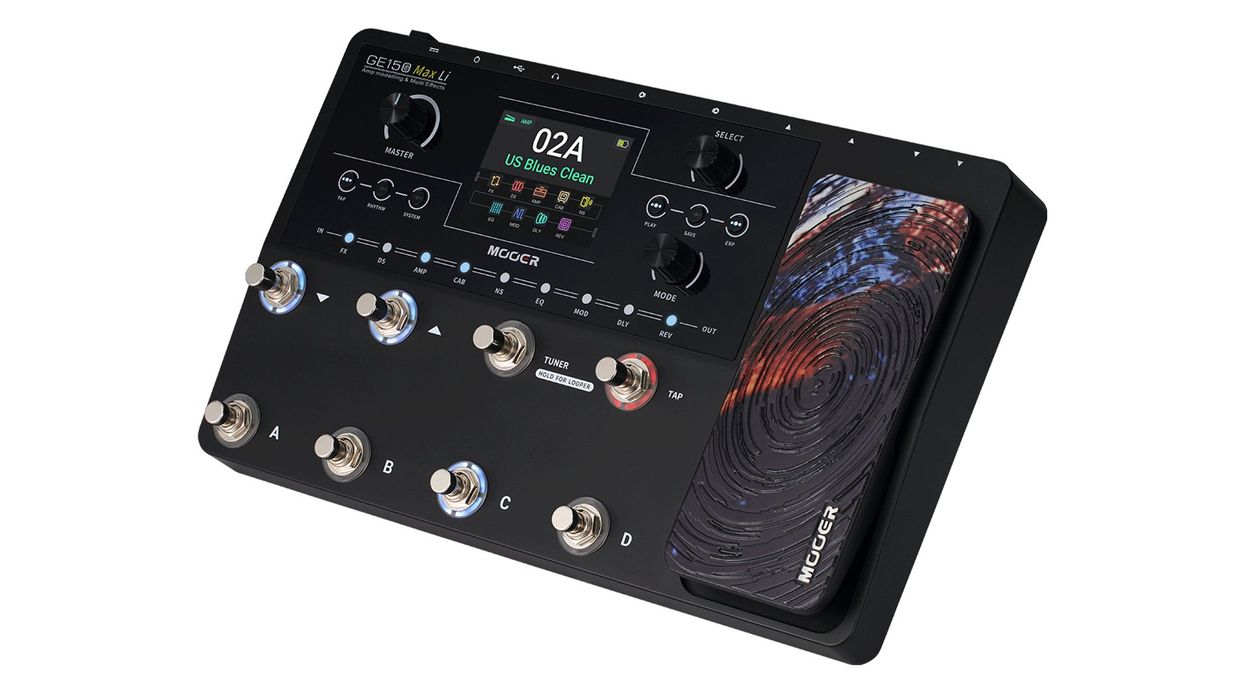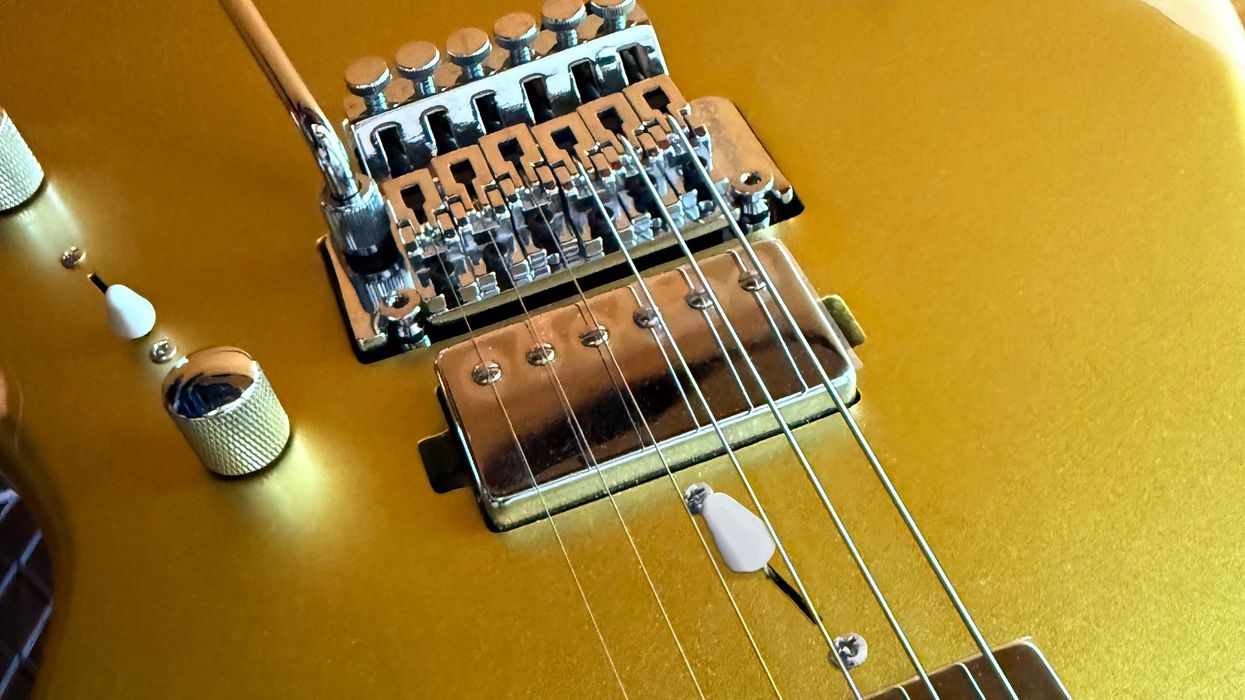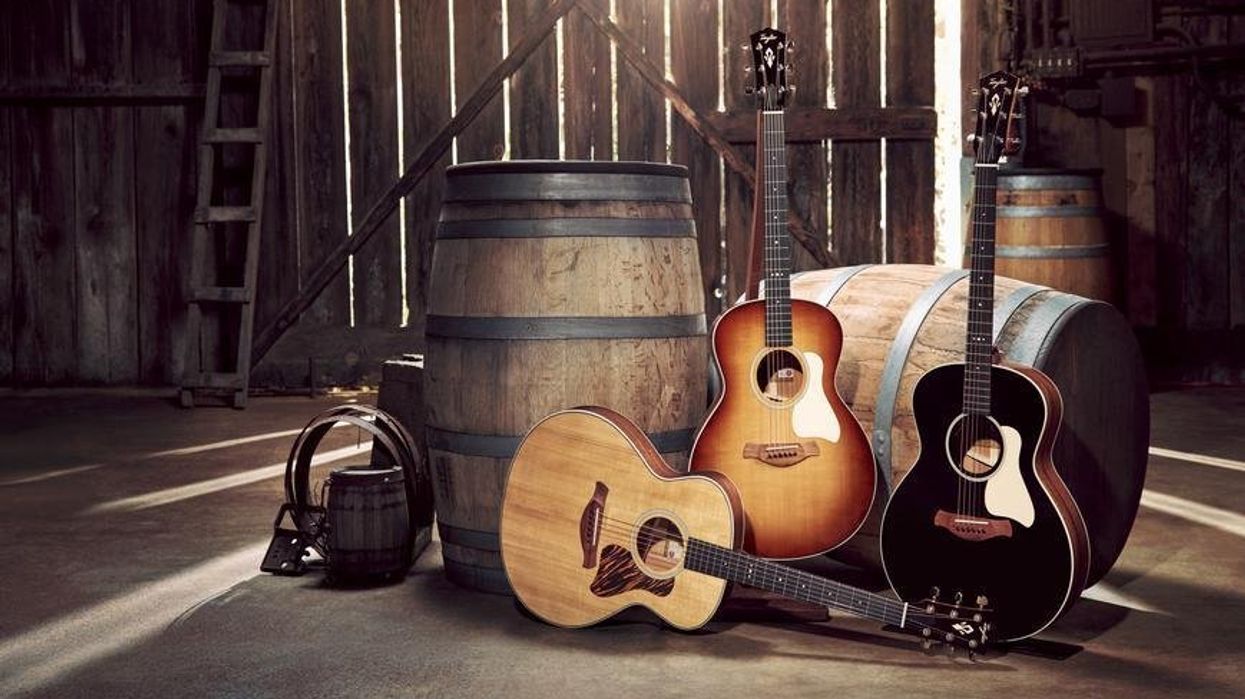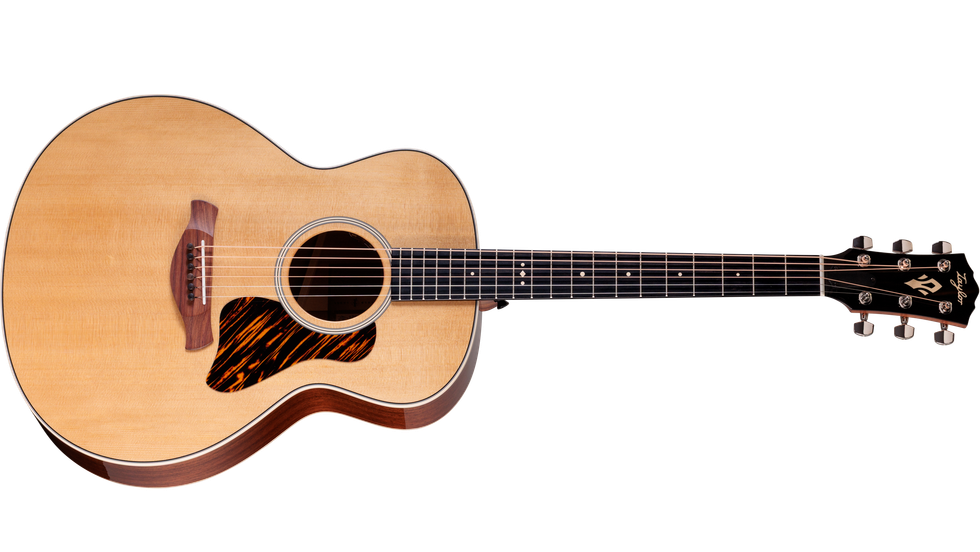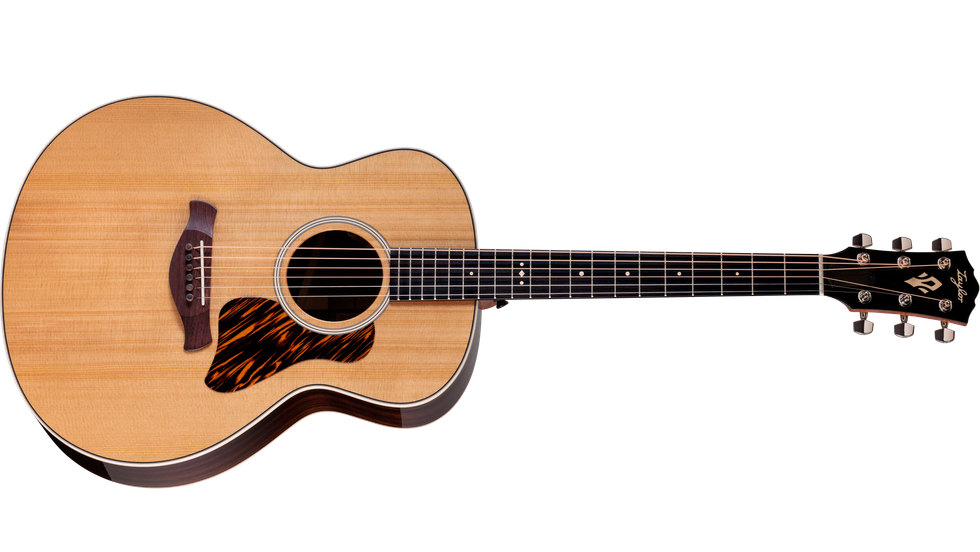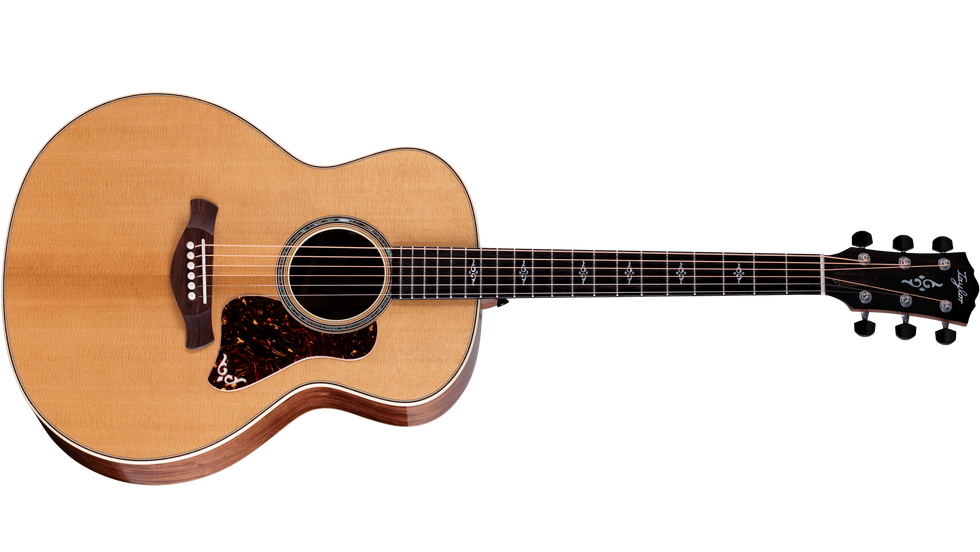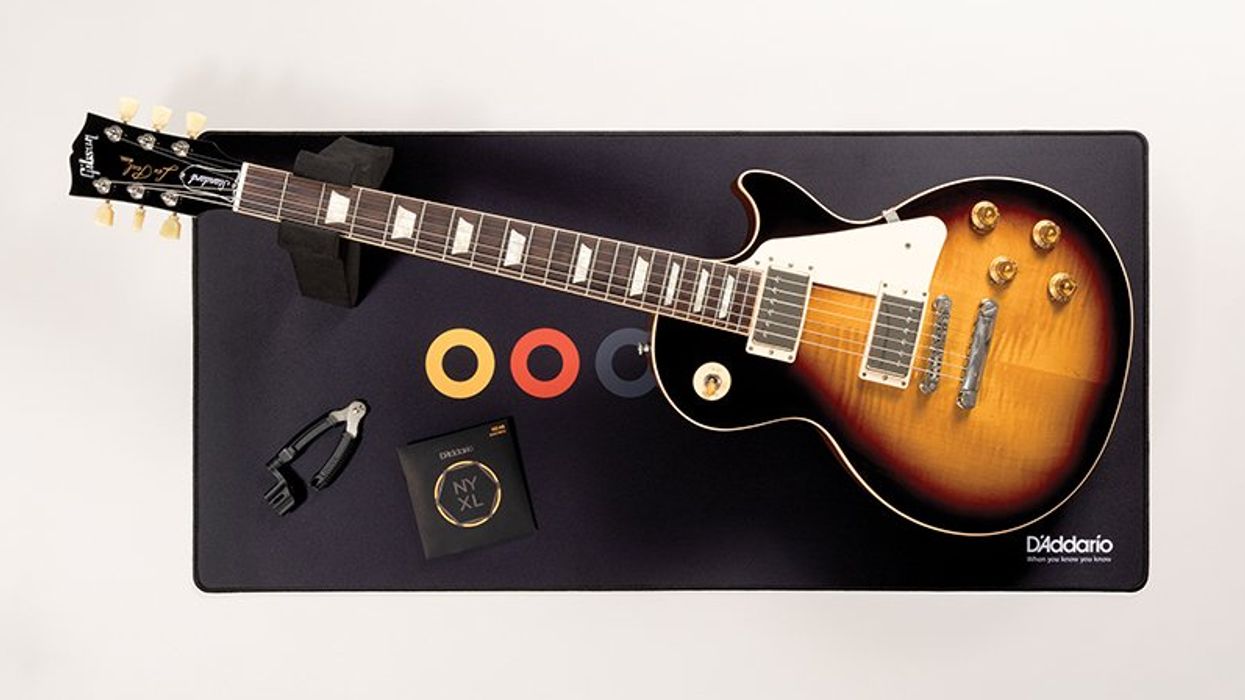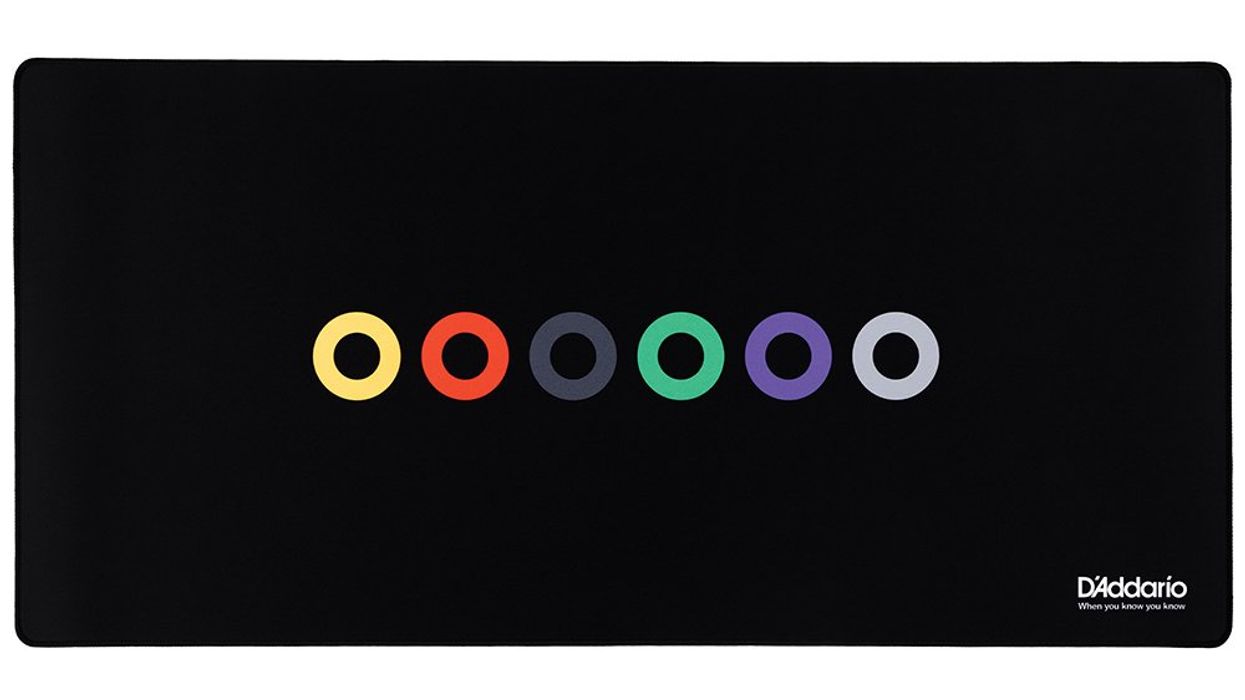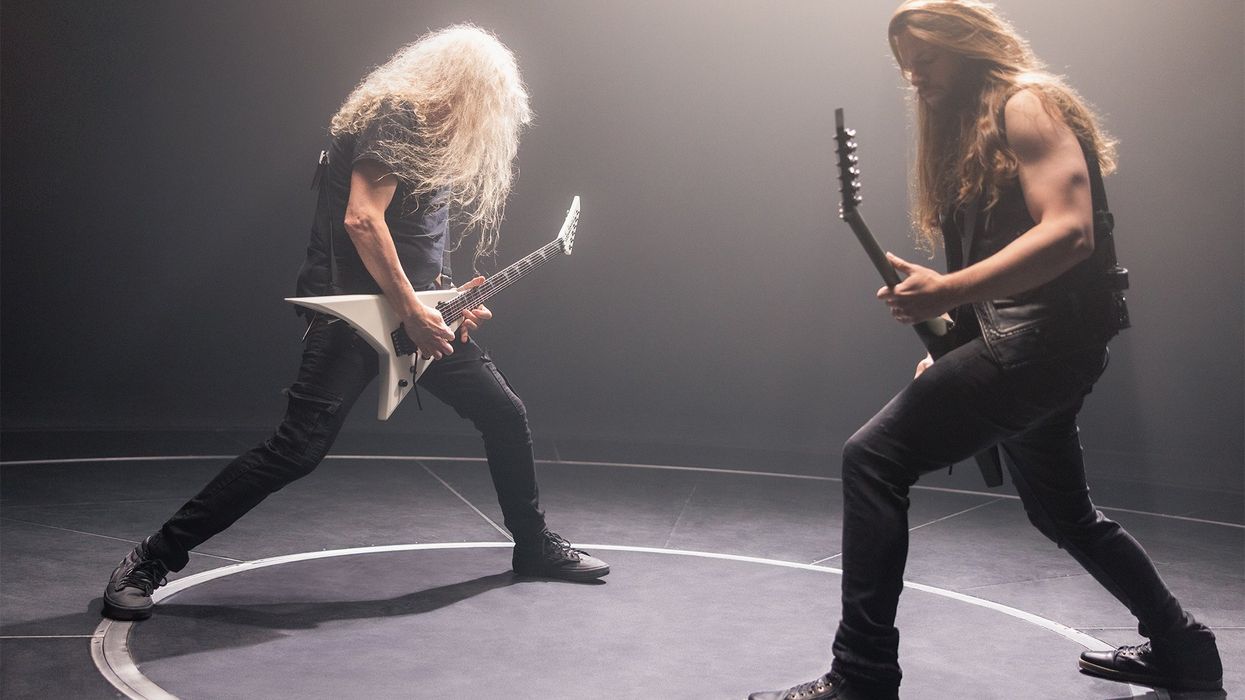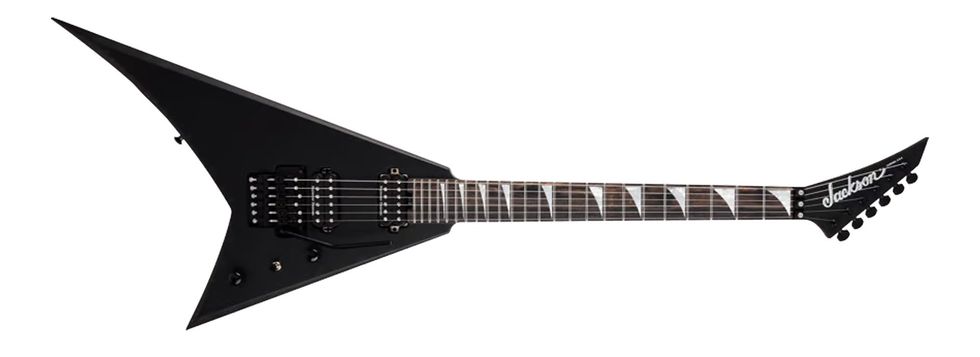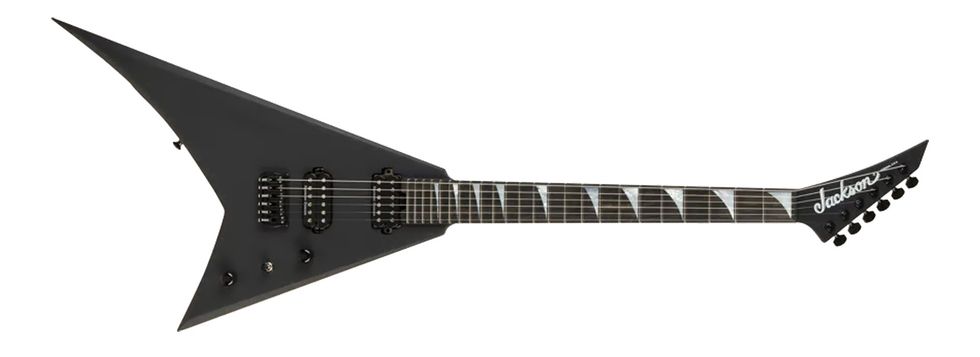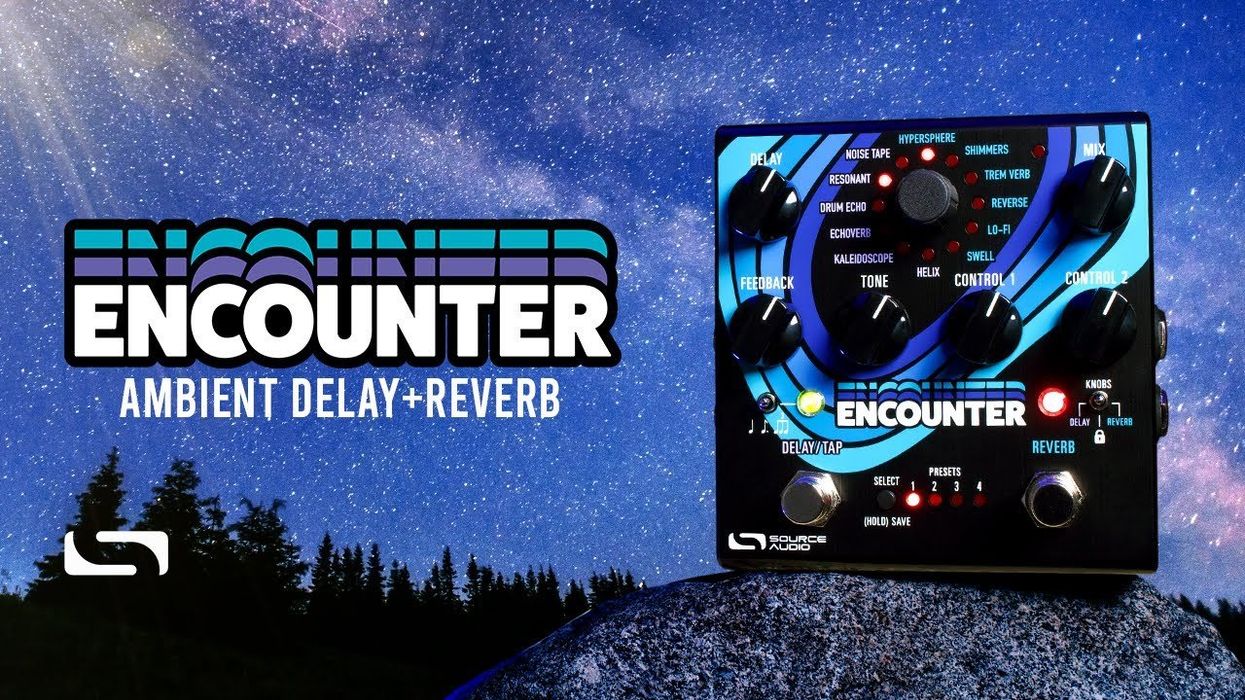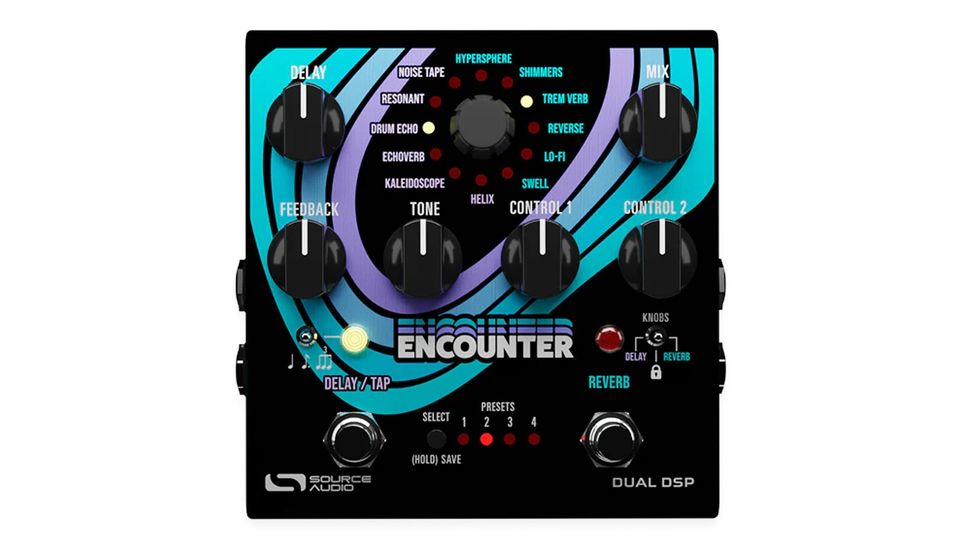Featuring top-notch converters, real-time UAD DSP processing, and innovative new features like Monitor Correction powered by Sonarworks, Assistive Auto-Gain, and Subwoofer Bass Management.
Features
- Monitor Correction powered by Sonarworks* - Apollo X users can now import Sonarworks SoundID correction profiles directly to ApolloDSP to precisely calibrate their monitors, headphones, and room in real-time for consistent mixes and masters. Available Q4 2024 for Apollo X Gen 1 and Gen 2.
- Assistive Auto-Gain - Fast, one-click level setting across all input channels, including Unison mic preamp emulations from API, Neve, and SSL.
- Subwoofer Bass Management - Add a subwoofer for full-range stereo and surround monitoring, featuring trim, mute, solo, and crossover controls per speaker.
- Alt Monitoring for Surround Modes - New modes for alternate monitoring allow immersive users to easily switch between immersive and stereo monitoring setups.
- Plug-In Scenes - Perfect for using Apollo onstage, Apollo users can instantly change plug-in settings across multiple UAD Console channels manually or via MIDI.
- Gen 2 Thunderbolt rackmount and desktop audio interfaces with HEXA, QUAD, DUO Core DSP plug-in processing
- Elite-class Apollo X | Gen 2 converters with 24-bit / 192 kHz resolution
- Enhanced D/A for critical monitoring and playback with the widest dynamic range and lowest distortion of any Apollo
- Unison mic preamps, Hi-Z instrument inputs, optical Toslink I/O (ADAT or S/PDIF), AESI/O and Dante I/O on select models
- Updated UAD Console app featuring Monitor Correction powered by Sonarworks,*Assistive Auto-Gain, Subwoofer Bass Management, Plug-in Scenes, and more
- Fully-featured monitor controller with alternate speaker switching and integrated talkback for easy communication with talent
- ALT monitoring support in all monitor modes (2 x ALT mon for stereo, 1 x ALT mon for immersive)
- Onboard DSP supports over 200 UAD plug-ins via VST, AU, and AAX 64 formats in all major DAWs
- Includes up to 100+ UAD plug-ins with Essentials+, Studio+ or Ultimate+ Editions
- Compatible with LUNA, Logic Pro, Pro Tools, Cubase, Ableton Live, and more
- Expandable with Thunderbolt Apollo interfaces or select models over Dante
- Free industry-leading technical support from knowledgeable audio engineers
For more information, please visit uaudio.com.
"We believe that the very best audio tools can 'disappear,' and feel like they are simply a part of the creative process," said Bill Putnam, UA founder and CEO. "The new Apollo X interfaces are about pushing that concept further — bringing the best of analog and digital sounds together in a way that's both inspiring and seamless, to let your music take center stage."


